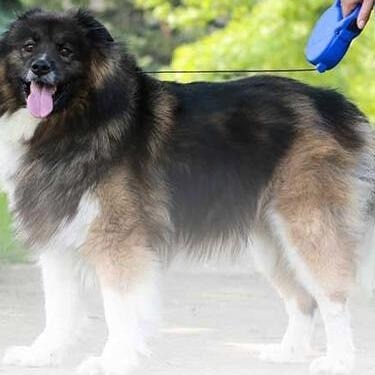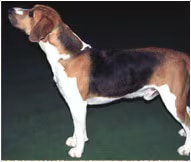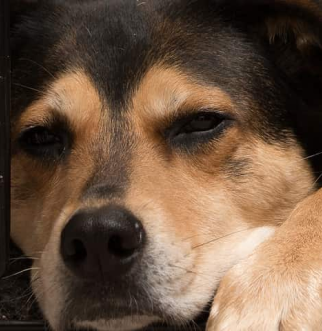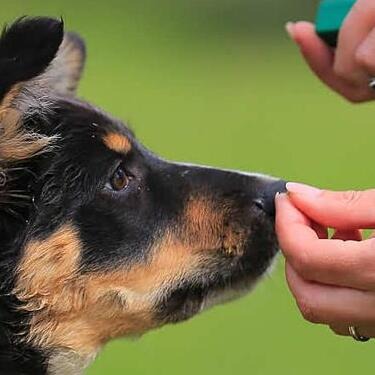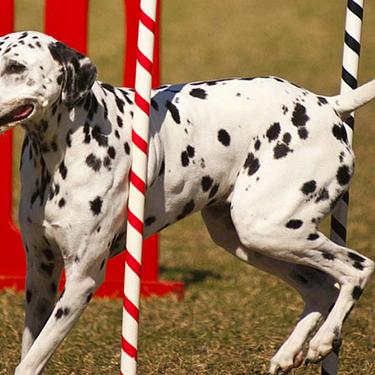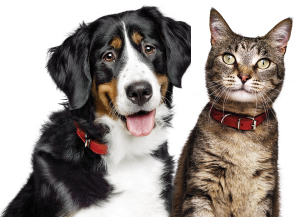The ears flop downward and lay flat against the head. The eyes are brown. The tail is long and held straight up above the body. The front legs are usually absolutely straight; the hindquarters are very strong to enable the dog to run for long distances at great speeds.
Average life expectancy for an English foxhound is 10-12 years.
The English foxhound is friendly to people and considered good with children, but this dog likes to be in the company of other dogs even better, preferably running around outside. This dog is an active, athletic and energetic one that is happiest in the country with plenty of room to run. The English foxhound does not do well in an apartment.
This dog has tremendous endurance; he can trot through the countryside for many hours without stopping. The English foxhound's passion for hunting and finding the source of an interesting scent may prompt him to wander. English foxhounds bred for fieldwork generally do not make good house pets, because they are too active and hunting oriented to settle for dozing at the family hearth. Show dogs are considered better pets, as long as they receive sufficient physical and mental exercise.
The English foxhound may be a canine embodiment of rock star Bruce Springsteen's classic song "Born to Run." This dog needs a great deal of exercise if he is to thrive. As he is likely to take off after an interesting scent, that exercise should be in a safe, confined area or on a leash.
The English foxhound is bred to work in a large canine pack, so the dog is happiest when he is part of a multi-dog household. However, this same pack instinct enables the dog to bond quickly with human pack members, too.
The English foxhound can be quite vocal; barking and baying highlight his repertoire. Although he will alert his fellow pack members to the presence of strangers, he will quiet down quickly when told to do so.
Training and socialization are important for the English foxhound, especially if the dog is not pursuing his ancient calling of hunting. Exposing the dog to as many people, places and new situations as possible and teaching him to perform certain behaviors on command will help give the dog the mental stimulation he craves.
The short coat makes the English foxhound's grooming needs minimal; regular brushing and an occasional bath are all that is necessary.
The English foxhound was developed specifically to run in packs and chase foxes. This is the breed still used in traditional English fox hunts, where hunters on horseback accompany the dog as the red fox is being chased. The dog's forebears include the bloodhound, greyhound, bulldog and fox terrier.
Some historians place the initial development of the English foxhound as far back as the 13th century. Detailed breeding records have been kept by the British Master of Foxhounds Association since around 1800.
Adopt a pet. Change a life.
Are you prepared to adopt a pet? Use these tools to make sure you are ready for the commitment.
Adopt a pet. Change a life.
Are you prepared to adopt a pet? Use these tools to make sure you are ready for the commitment.









